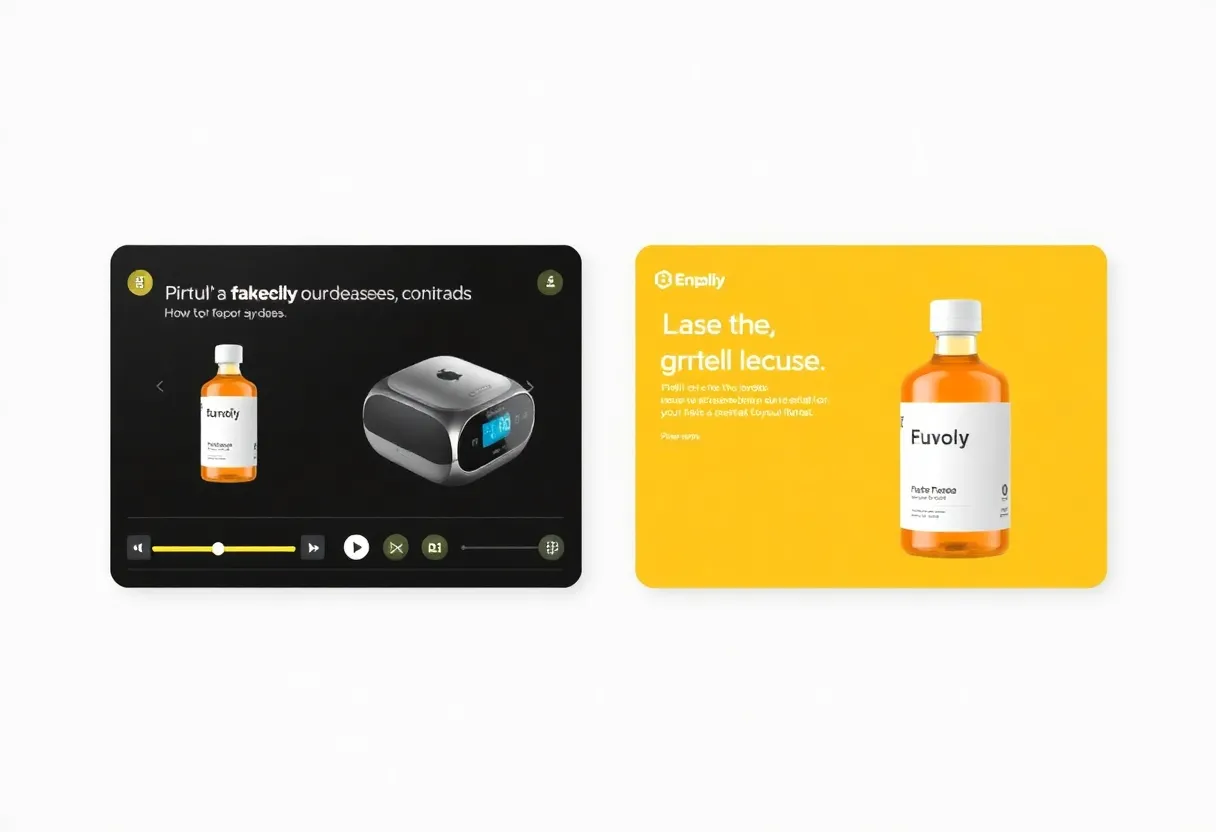

Virtual product showcases with interactive digital elements.
Article Sponsored by:
Real Internet Sales is a digital marketing agency located in Columbia, South Carolina. We specialize in website design and development, SEO, social media management, online advertising, AI integration, and workflow automation. Our services also include affiliate marketing and digital strategy.
Real Internet Sales also offer specialized programming for real estate firms, using IDX and RETS feeds to automatically populate MLS properties on their websites for improved property listings and sales. We also work with clients in the restaurant, tourism, and e-commerce industries to enhance their digital presence and streamline operations.
Want to target the right audience? Sponsor our site and choose your specific industry to connect with a relevant audience.
Prominent brand mentions across targeted, industry-focused articles
High-visibility placements that speak directly to an engaged local audience
Guaranteed coverage that maximizes exposure and reinforces your brand presence
Interested in seeing what sponsored content looks like on our platform?
May’s Roofing & Contracting
Forwal Construction
NSC Clips
Real Internet Sales
Suited
Florida4Golf
Click the button below to sponsor our articles:
Sponsor Our ArticlesIn recent years, augmented reality (AR) has emerged as a powerful tool in the realm of digital marketing. This technology blends digital content with the real world, allowing brands to create engaging and interactive experiences that capture consumer attention. As consumers demand more immersive experiences, businesses need to adapt and pivot their marketing strategies. This article explores how you can leverage AR to revolutionize your digital marketing campaigns.
Before diving into its applications, it’s essential to grasp what augmented reality entails. AR overlays digital information—such as images, video, and sound—onto the real world. This can be accessed through devices like smartphones, tablets, or AR glasses. The essence of AR lies in enhancing user experiences rather than substituting reality, which differentiates it from virtual reality.
One of the significant benefits of incorporating AR into digital marketing is the enhancement of customer engagement. Traditional marketing methods often struggle to capture attention in our information-overloaded environment. AR offers marketers an innovative solution.
AR allows companies to provide interactive product demonstrations that enable potential customers to visualize how a product works in real-time. For example, a furniture retailer can enable customers to see how a piece of furniture would look in their space through their smartphones. This level of interactivity not only captures attention but also facilitates decision-making, leading to higher conversion rates.
Incorporating gamification elements in marketing campaigns through AR can significantly boost customer participation. Consumers are more likely to engage with brands that offer unique experiences. An AR scavenger hunt, where users find virtual items in real-world locations, adds a layer of fun. This strategy encourages sharing on social media platforms, organically increasing brand reach.
AR can aid in nourishing brand loyalty by enhancing the customer experience. When consumers can interact with a brand in a meaningful way, they are likely to develop stronger connections. Here’s how AR achieves this:
AR technology can create personalized shopping experiences. When users can customize products in real time—like changing colors or features—they feel more in control of their purchase. This personalization fosters a sense of connection to the brand, making customers more likely to return. By using AR to tailor the shopping experience, brands can significantly enhance customer satisfaction.
Memorable experiences lead to customer retention. AR campaigns can create unforgettable moments. For instance, brands can offer AR experiences that relate to a product’s story or heritage. Such storytelling resonates with customers, engendering loyalty and repeat purchases.
Investing in AR marketing campaigns can lead to increased sales and conversion rates. In a landscape where e-commerce is booming, AR can serve as a bridge between online shopping and the tactile experiences of brick-and-mortar stores.
Consumers often hesitate to buy products online due to uncertainty about how they will look or function. AR addresses this issue head-on by allowing users to interact with products virtually before making a purchase. This reduction in uncertainty not only boosts consumer confidence but also lowers return rates, benefiting businesses in the long run.
AR can be instrumental in product launches. Brands can create buzz by giving consumers a sneak peek of upcoming products through AR experiences. This first look generates excitement, encouraging consumers to discuss and share the new product on social media, leading to organic marketing.
Social media platforms are increasingly integrating AR features, making them prime channels for implementing AR marketing campaigns. Corporations can reach a wider audience through AR-enhanced ads, filters, and effects on platforms like Instagram and Snapchat.
Creating AR filters that allow users to interact with a brand in a fun, engaging way can increase brand visibility. For instance, a cosmetics company can create a filter that lets users try on virtual makeup. Such engagement often leads to user-generated content as customers share their AR experiences on social media, thereby promoting the brand.
Partnering with influencers who utilize AR in their content can amplify reach and engagement. Influencers can create unique AR experiences tied to products through their platforms, creating buzz and fostering user interaction. The combination of influencer credibility and AR engagement forms a powerful marketing partnership.
While AR offers numerous advantages, implementing it in marketing campaigns is not without challenges. Businesses must consider the following:
Not all consumers have access to advanced AR technology. Brands need to consider inclusivity and ensure their campaigns are accessible to a broader audience. Developing lighter AR experiences that work on standard smartphones can help bridge this gap.
Creating quality AR content can be costly and time-consuming. Businesses must assess whether the potential return on investment justifies the initial expenditure. For smaller brands, starting with simpler AR experiences may be a prudent way to gauge effectiveness before allocating larger budgets.
Tracking the performance of AR marketing campaigns is crucial for determining their success. Utilize the following metrics:
Monitor how users interact with AR experiences, including session length, frequency of use, and sharing behavior. High engagement rates can be indicative of a successful campaign.
Keep an eye on sales generated from AR experiences. Understanding the correlation between AR engagement and conversions will help in measuring effectiveness. Moreover, tracking customer retention rates can provide insights into long-term success.
Augmented reality is transforming digital marketing, offering brands unique ways to engage, retain, and convert customers. By enhancing customer experiences and providing interactive opportunities, AR can be a game-changer for businesses looking to differentiate themselves in a competitive landscape.
Adopting AR technology in marketing efforts requires a thoughtful strategy, balancing innovation with accessibility. As AR continues to evolve, brands that stay ahead of the curve stand to benefit significantly in capturing consumer attention and driving sales.

7001 St Andrews Rd #329 ,
Columbia, SC 29212,
United States
Phone: (+1) 803 708 5514
News Summary Council President Mary Sheffield is making history as she runs for mayor of…
News Summary The annual Spring Parade of Homes is underway, showcasing breathtaking designs and remodeling…
News Summary Life Lines South, a new supportive housing program for young adults aged 18…
News Summary Kentucky's specialty courts are set for significant improvements as they adopt Versaterm’s CaseWorX,…
News Summary A partnership between eimmigration and Visalaw.ai aims to revolutionize immigration case management by…
News Summary A federal jury has ruled that Purpose Point Harvesting, a Michigan farm labor…